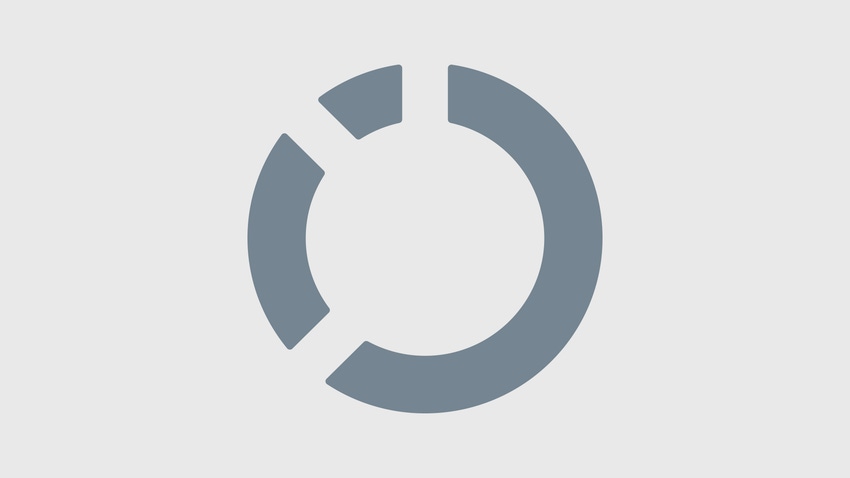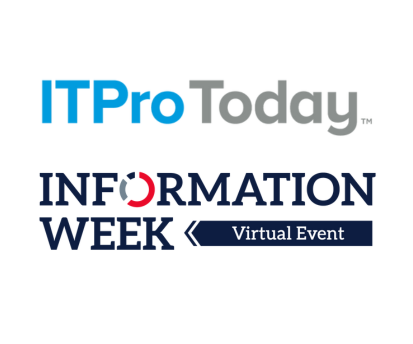Per-Core Software Pricing For The Desktop?
Right now it's just a Big IT story, all about more powerful servers and complicated software licensing agreements, but sooner or later -- probably sooner -- it will come down to the desktop and affect the way you pay for software: Multi-core processors will mean you'll pay a per-core price for the applications you run.

Right now it's just a Big IT story, all about more powerful servers and complicated software licensing agreements, but sooner or later -- probably sooner -- it will come down to the desktop and affect the way you pay for software: Multi-core processors will mean you'll pay a per-core price for the applications you run.Intel is making marketing-type noises about the dual-core Xeon CPUs it will ship later this year. The Xeons have never been considered desktop PC chips; they have been and will continue to be aimed at the server and number-crunching workstation market. But the introduction of multi-core processors is already the Next Big Thing in server performance. Darrell Dunn's InfoWeek article, Dual-Core Processors Promise Unprecedented Performance Gains, points out that server manufacturers expect performance gains of more than 50% just from upgrading their boxes to dual-core chips. That's a huge leap in a market where small-percentage gains from faster clock speed or bus improvements have been the norm.
And it might mean a major change in price/performance, too, meaning more computing work done for less money -- a whole lot less. But software makers are already figuring out ways to divert some of that money into their pockets. Oracle, for example, says Dunn, will charge for multi-core installations at the rate of 75 percent of a full processor: if you pay $X to run Oracle on a one-processor server you'll pay $1.75X to run it on a dual-core CPU.
(We really should all get together and send Larry Ellison some flowers or something for making such a good effort to keep those dangerous price/performance numbers within safe limits.)
But what, you're probably asking yourself, does all this have to do with the Pentium box under my desk? Probably nothing. But the next box you shove under your desk will probably have a dual-core processor, and the one after that may have four cores. And Microsoft sells software, too.
The day probably isn't far off when one multi-core CPU machine and a broadband connection could provide all the power you need to run your home office, your spouse's hobby business, and your teen-agers' hundreds of chat windows all simultaneously. So instead of spending a lot of money for individual hot PCs and multiple copies of Vista and Microsoft Office for everybody, why not just run multiple remote sessions on your multi-core box?
Microsoft is already moving in the direction of collecting information on what software you're running on your PC -- the Windows Genuine Advantage (WGA) program to make sure you're running a legal copy of the OS before you can download security updates for it is just one example. More reporting built into applications would make it possible for Office, for example, to send you a bill at the end of the year for the number of cores you ran it on. Won't that be nice?
About the Author(s)
You May Also Like
How to Amplify DevOps with DevSecOps
May 22, 2024Generative AI: Use Cases and Risks in 2024
May 29, 2024Smart Service Management
June 4, 2024





